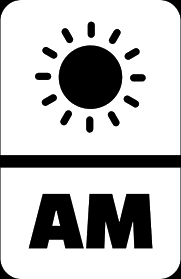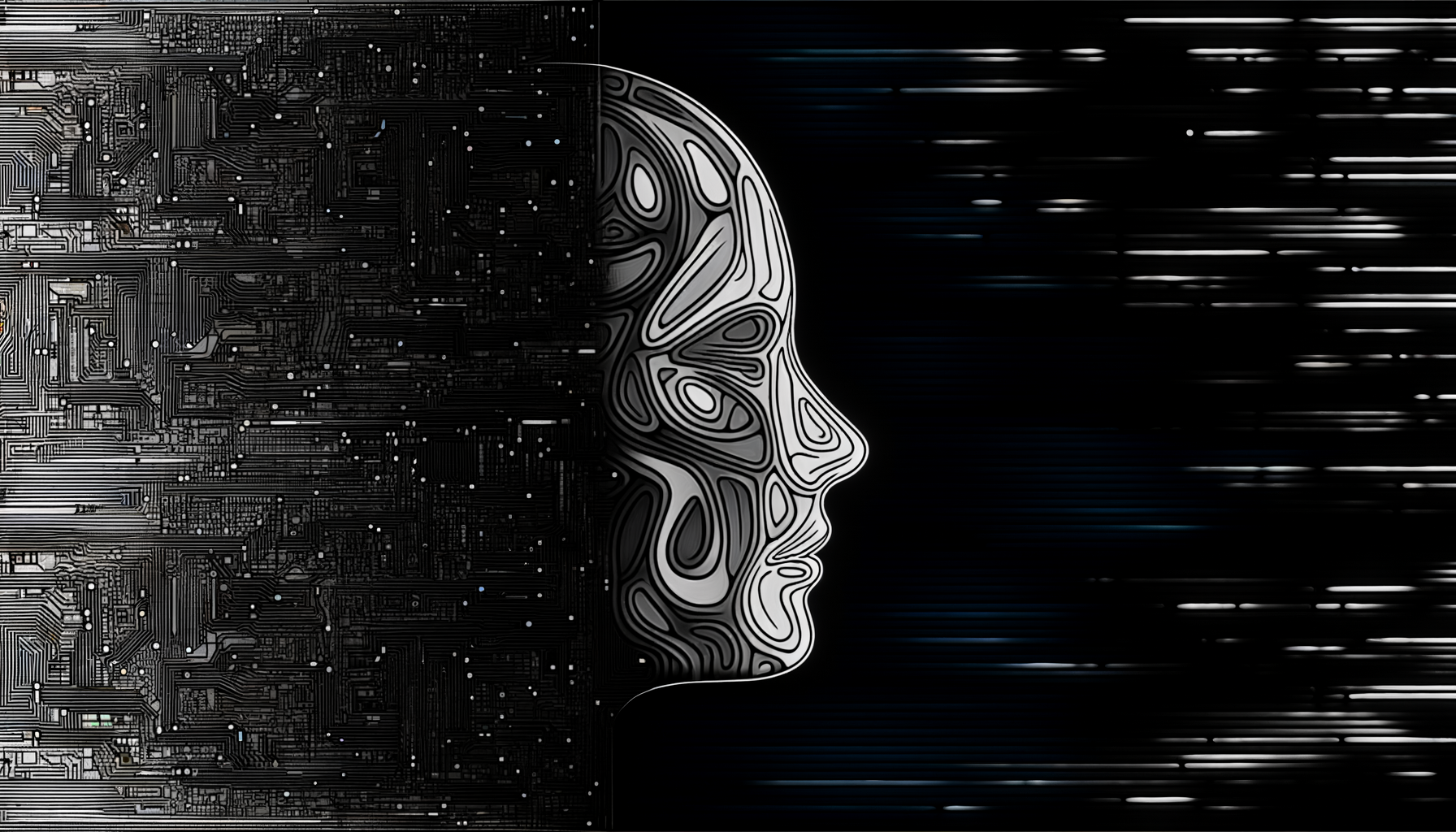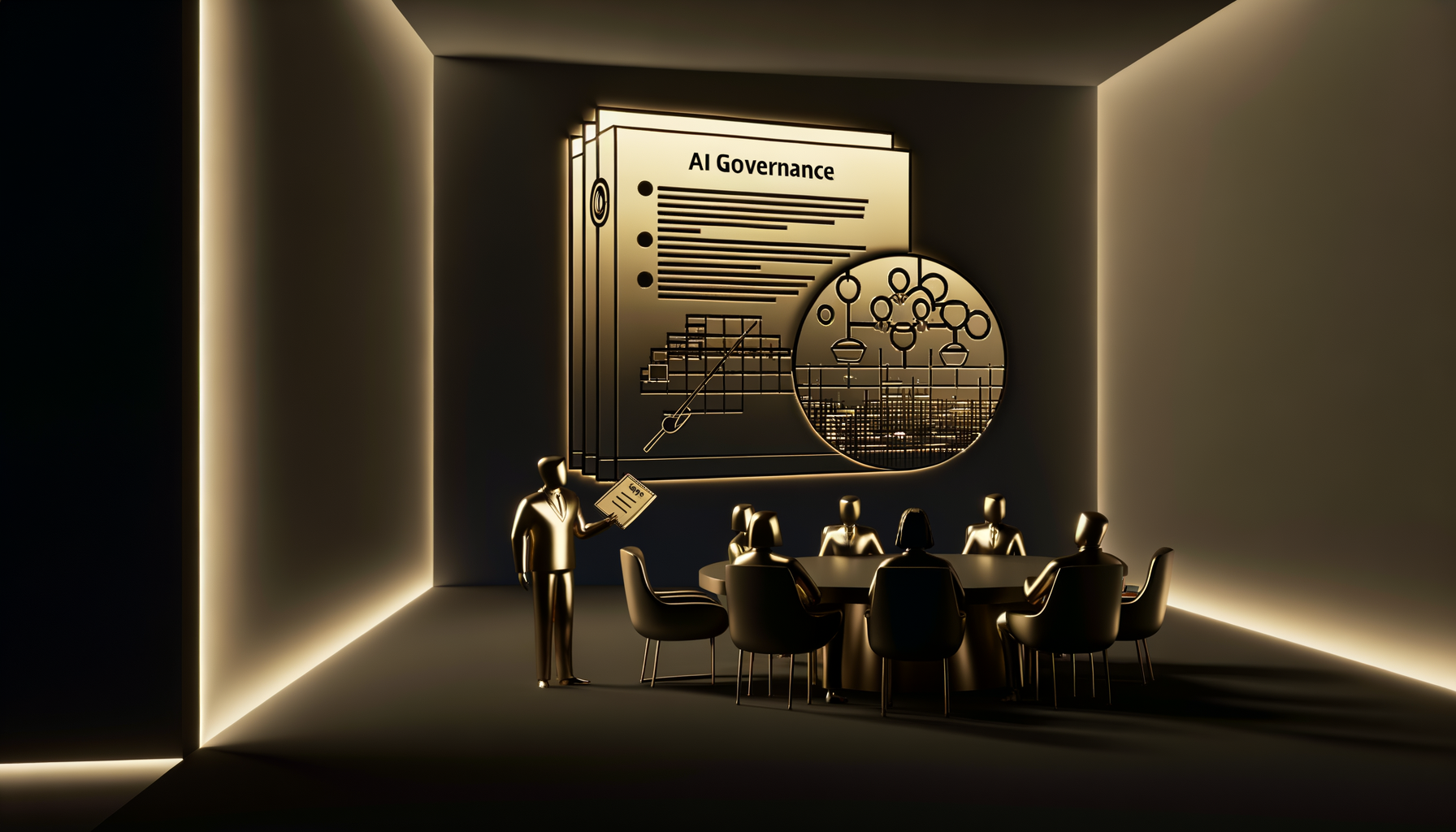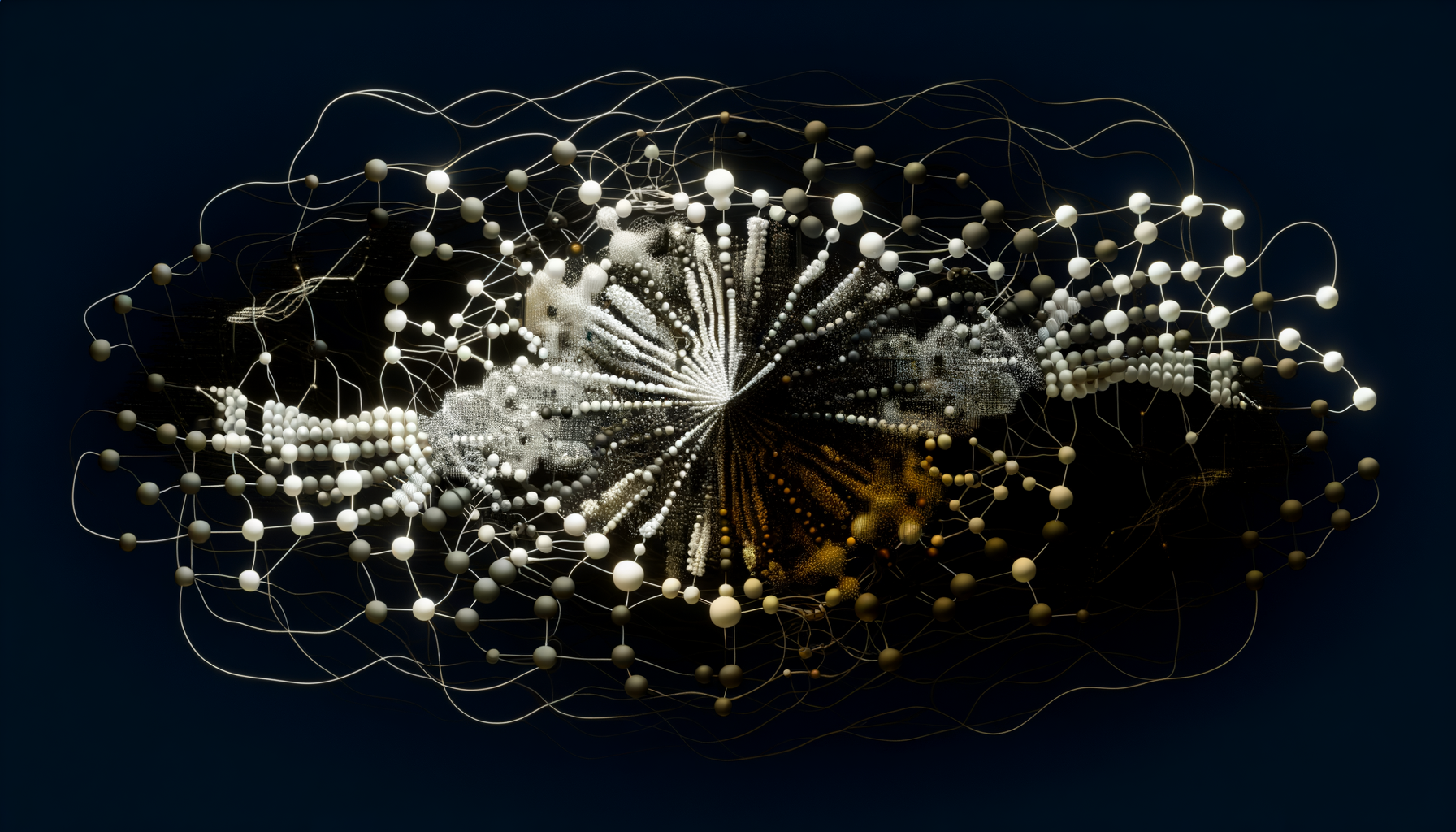You’ve been told AI is your creative partner, but what if it’s just memorizing your style and setting the stage to clone (and outcompete) you? The risk isn’t in the future—it’s baked into the code you use today.
AI Art: A Creative Catalyst or a Digital Copycat?
In the electrified world of creative technology, AI-driven image generators like Midjourney v6 and DALL-E aren’t merely tools—they’re partners or, increasingly, competitors. But as these systems surge forward in sophistication, a seismic problem echoes beneath the surface: these platforms don’t simply “learn” from us, their users—they can replicate us, pixel for pixel, in ways remarkably close to theft.
The Evolution of AI Art Tools: From Inspiration to Imitation
Earlier versions of AI art systems offered vague, swirling approximations of artwork—new, surprising, and clearly generated. But with the leap to recent updates like Midjourney v6, something changed. User reports and social experiments have shown that these models can now faithfully reproduce distinct artistic styles, entire scenes, and even signature details from specific artists’ bodies of work, despite legal “guardrails.”
The once blurry line between inspiration and imitation is being bulldozed by reinforcement learning and user-driven training loops. Each collaborative prompt, each highly detailed tweak you make? It’s not just refining your output. It’s teaching the network your techniques, down to the quirks that make your style unique—your creative DNA.
The Black Box of Data: Why Your Creations Aren’t Safe
Today’s AI doesn’t just mimic—it absorbs originality into its own neural fabric, rendering the idea of ‘creative fingerprint’ an endangered concept.
We need to confront a harsh, often-overlooked reality: AI art models aren’t “blank slates.” They feed on enormous, often non-consensual datasets. As these models update—with each user-driven session, every collaborative effort, every public prompt—creativity is stripped for parts and added to vast, proprietary learning banks. Worse, the process is opaque:
- You have no visibility into how your inputs train the model.
- There’s no real way to “opt out” if you suspect your style is being ingested (even unintentionally).
- Future updates make it trivial for the system, or another user leveraging that system, to output something virtually indistinguishable from your work.
Legal Gray Zones: Who Owns a Style, a Scene, or a Swipe?
Intellectual property law evolved to protect static, discrete works—paintings, books, photos. But AI smashes those assumptions by working at scale. When co-creation tools record, internalize and reproduce your signature creative moves, are they using—or stealing—your intellectual property?
This is no longer the realm of science fiction. Consider current copyright lawsuits winding through international courts, in which artists allege direct exploitation by major AI platforms. Many of these cases are complicated by the black box nature of deep learning, and the lack of technical transparency. Courts (and regulators) struggle to keep pace, creating confusion for developers and legal hazards for businesses that incorporate AI-generated assets.
Why the Latest Generation (Like Midjourney v6) Is Dangerous
What’s different—and more troubling—about the newest AI co-creation platforms?
- Near-perfect style “transfer”: Midjourney v6 and its peers can now capture and regenerate the nuances of specific artists, brands, and visual motifs—sometimes in ways even experts can’t distinguish from the source.
- Prompt engineering as a backdoor: Detailed prompts, especially when combined with referencing or uploading other artworks, act as a covert pipeline for style ingestion. The system treats these as lessons, not just requests.
- Rapid iteration, zero oversight: With global userbases and continuous cloud updates, even inadvertent data leaks (through uploads, sharing outputs, or open collaboration) end up in the next training pass—embedded and ready to resurface elsewhere.
Shocking Realities: Recent Data and Live Experiments
Real-world tests, conducted by independent researchers and industry insiders, have caught new models reproducing copyrighted scenes with uncanny fidelity—sometimes even after those scenes or artists were supposed to be “blocked” from training data. Despite DMCA takedown requests and high-profile legal threats, the line between “reference” and “replica” is vanishing.
Developers and creative technologists report that after co-creating with these models, aspects of their workflow, brushstrokes, and even thematic preferences start turning up in unrelated users’ outputs—clear evidence of data leakage across sessions, even in “private” environments.
What Makes This Moment Critical: Speed, Scale, and the Market
The generative art market is growing at breakneck speed, with enterprise and hobbyist players jumping onboard. This is not a future risk: it’s unfolding now. OpenAI, Stability AI, and the Midjourney team release faster, bigger updates; competing startups enter the ecosystem monthly.
- The legal system can’t keep up: Precedent-setting lawsuits are years away from clarity, but commercial products and NFT art markets move in days.
- User agreements are unclear by design: Terms of service for most major AI art tools are vague or actually claim wide-reaching rights over user-generated data, giving platforms unprecedented flexibility.
- Market incentives reward copying: As platforms compete, their algorithms optimize for “popularity” and completion—rewarding outputs that echo proven viral formulas, not true originality.
The Fallout for Creators, Brands, and Developers
If you build on these co-creation tools—whether generating brand assets, digital products, or selling your art—here’s what’s at stake:
- Loss of creative exclusivity: Your recognizable motifs, composition tricks, and color palettes could be mass-produced and weaponized by competitors (or bots) at scale.
- Legal exposure: What if your collaborative project with an AI turns out to contain copyright-infringing material? Who’s liable?
- Erosion of trust: The more transparent it becomes that AI outputs can be near-duplicates of protected works, the less confidence buyers, brands, and audiences will have in digital content’s legitimacy.
How to Navigate This Era: Tactical, Not Theoretical Advice
What should you do today, before your creative DNA becomes part of the next major dataset?
- Audit your workflows: Avoid uploading signature works or in-progress assets to AI platforms unless you fully control the data and training path.
- Diversify your creative practice: Don’t rely on any single AI model or provider—mix offline, analog, and non-AI digital tools to protect your edge.
- Push for transparency and legal options: Demand clear opt-outs, data control clauses, and push your networks for more open, auditable AI systems.
- Monitor outputs: Use reverse-image search and AI watermarking services to spot clones of your work in the wild.
- Be ready to assert your rights: Keep records, file takedowns, and join artist coalitions—because the cost of silence is permanent creative dilution.
Looking Ahead: Toward a True Partnership Model
What would real AI-human creative partnership look like? Not a black-box system that absorbs your best work for anonymous reuse, but a transparent framework where creators control what goes in, see how it’s used, and opt out when they choose. Technical innovation should go hand-in-hand with clear governance and robust legal protection.
Until then, today’s “co-creation” risks becoming just another route to creative commodification—and the cost isn’t measured in lost royalties, but in the erosion of individual vision, technique, and ownership.
The creative future belongs to those who can outpace the algorithms stealing their DNA—or who demand new rules before it’s too late.





